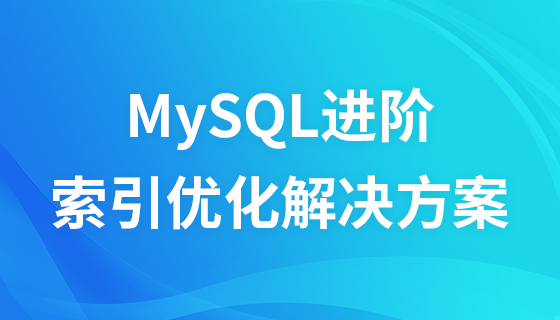
Course Intermediate 3412
Course Introduction:This set of courses is based on the design concept and data structure of MySQL index, index usage scenarios, index classification, index usage scenarios, index performance analysis, query optimization, slow query of MySQL index, etc. It mainly describes the solution of MySQL index optimization. It is very suitable for students who have basic knowledge of MySQL or have certain work experience. The course explains how to solve the problem of slow large-volume queries, how to write an efficient SQL, how to optimize query statements, what is the implementation principle of indexes, how to optimize indexes... and many other difficulties and interview points in SQL index optimization.

Course Elementary 12694
Course Introduction:"AJAX Cross-Domain Solution: JSONP Video Tutorial" The core of ajax is the JavaScript object XmlHttpRequest. This object was first introduced in Internet Explorer 5 and is a technology that supports asynchronous requests. This video introduces the ajax cross-domain solution.

Course Elementary 7119
Course Introduction:The HTTP protocol is a simple request-response protocol that usually runs on top of TCP. It specifies what kind of messages the client may send to the server and what kind of response it gets. The headers of request and response messages are given in ASCII form; the message contents have a MIME-like format.

Course Intermediate 8020
Course Introduction:Caching is a core component of current enterprise-level applications. Today's mainstream e-commerce, life services, live broadcast and other fields are inseparable from the use of cache. As the current mainstream caching technology, Redis has become the first choice for Internet companies. The cache structure design based on redis cluster currently accounts for half of the market in the same field.

Course Advanced 44631
Course Introduction:This set of courses is an advanced course, including: query optimization and performance analysis of MySQL single table with tens of millions of data, mySQL master-slave principle and its application in high-concurrency systems, integration and use of Elasticsearch and PHP (Laravel), high concurrency The difference between system code and ordinary system code architecture and analysis of concerns, etc.

Course Elementary 7311
Course Introduction:HTTP is a simple request-response protocol that usually runs on top of TCP. It specifies what kind of messages the client may send to the server and what kind of response it gets. Web servers generally refer to website servers. Currently, the three most mainstream web servers are Apache, Nginx, and IIS.

Course Elementary 10844
Course Introduction:WeChat Mini Program provides a simple and efficient application development framework and rich components and APIs to help developers develop services with native APP experience in WeChat. This course introduces the development language, framework, capabilities, debugging, etc. of mini programs in detail, helping developers quickly and comprehensively understand all aspects of mini program development.

Course Elementary 3387
Course Introduction:Promise is the most important and difficult technology in ES6. Interviews with medium and large companies will ask about the implementation of front-end Promise. This video tutorial starts from the most basic callback/exception syntax, to the basic use of Promise; from technical analysis of Promise difficulties, to step-by-step handwritten Promise implementation, extended async and await in-depth analysis, macro queue and micro queue detailed explanation; and finally through Classic interview questions to test the effect of Promise learning. After passing the level, you will become a Promise senior engineer.

Course Elementary 6212
Course Introduction:Hypertext Transfer Protocol (HTTP) is an application layer protocol for transmitting hypermedia documents. It is designed for communication between a web browser and a web server, but can be used for other purposes as well. HTTP follows the classic client-server model, where the client opens a connection to make a request and then waits until a server-side response is received.

Course Elementary 15474
Course Introduction:HTTP protocol (HyperText Transfer Protocol) is the most widely used network transmission protocol on the Internet. All WWW files must comply with this standard. This tutorial will explain the HTTP protocol in detail.
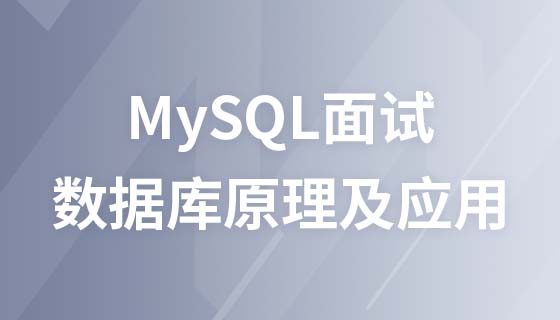
Course Intermediate 8313
Course Introduction:Many programmers who have worked for many years still have a very basic understanding of databases. They are confused as soon as they go out for interviews. They don’t understand basic SQL statements, more complex SQL queries, and SQL statement optimization. They don’t even know how to use them. Redis improves system performance and can withstand tens of millions of concurrencies. This set of courses will help you thoroughly understand MySQL locks, execution plans, indexes, MVCC & Redis transactions, cache, breakdown, penetration, avalanche, warm-up, etc., and you can complete all database interviews in one set!
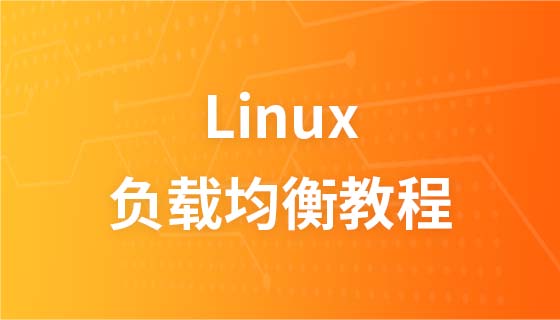
Course Intermediate 11246
Course Introduction:"Self-study IT Network Linux Load Balancing Video Tutorial" mainly implements Linux load balancing by performing script operations on web, lvs and Linux under nagin.
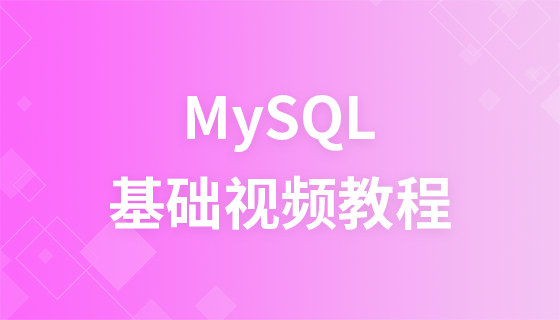
Course Advanced 17582
Course Introduction:"Shangxuetang MySQL Video Tutorial" introduces you to the process from installing to using the MySQL database, and introduces the specific operations of each link in detail.

Course Advanced 11291
Course Introduction:"Brothers Band Front-end Example Display Video Tutorial" introduces examples of HTML5 and CSS3 technologies to everyone, so that everyone can become more proficient in using HTML5 and CSS3.
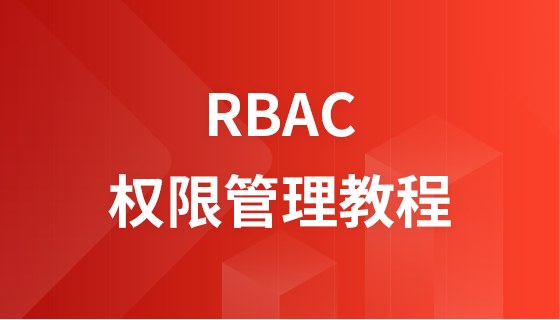
Course Intermediate 27000
Course Introduction:RBAC is one of the most common rights management technologies in commercial systems. RBAC is an idea that can be implemented in any programming language. Its mature and simple control idea is increasingly popular among developers. "ThinkPHP (RBAC) Rights Management Video Tutorial" will introduce the basic knowledge, principles and complete implementation process of RBAC in detail through the theoretical part and practical part, and demonstrate the application scenarios of RBAC.